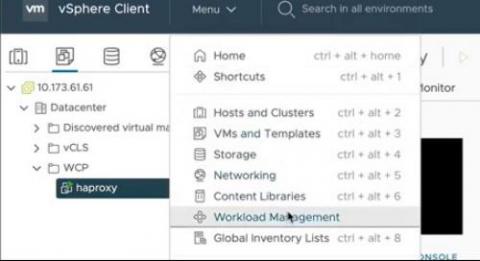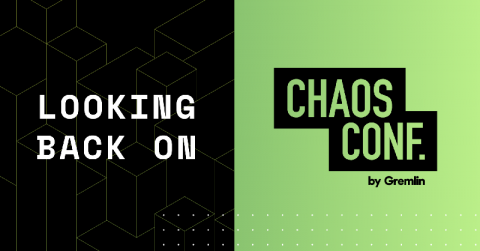The Most Important KPIs for Monitoring Mobile Games
Managing modern mobile games involves measuring and tracking dozens of metrics. Each value lets you know how well your game is doing in a specific area, such as user experience, infrastructure, and monetization, to name but a few. But not all KPIs are created equally. Some metrics are more valuable than others in terms of helping you make informed business and technical decisions about your game. That’s what we’ll take a look at in this article.











